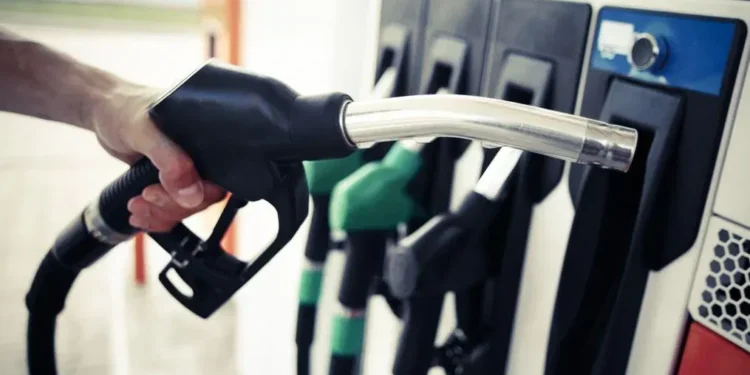Washington state drivers now face the nation’s second-highest gasoline prices, paying 43 percent more per gallon than the national average as fuel costs continue climbing across the Pacific Northwest.
Current statewide averages reached $4.571 per gallon as of September 10, according to AAA data, representing a $1.378 premium over national pricing. The surge included a six-cent daily increase and a 16.4-cent weekly jump, GasBuddy reported.
California maintains the highest fuel costs at $4.62 per gallon, while Washington surpassed Hawaii’s $4.477 average to claim the second position. The ranking shift reflects broader West Coast pricing pressures affecting regional markets.
County-level variations within Washington show significant geographic disparities. San Juan County leads with the highest prices at $5.402 per gallon, followed by Wahkiakum at $4.998 and Pacific County at $4.818. King County, home to Seattle, ranks fourth at $4.797 per gallon.
Eastern Washington counties offer relative relief for drivers. Asotin County provides the state’s lowest prices at $3.965 per gallon, while Spokane County averages $4.250. Lincoln, Pend Oreille, Ferry, and Franklin counties round out the most affordable options, all pricing below $4.35 per gallon.
Industry analysts attribute current increases to seasonal refinery maintenance and recent facility shutdowns affecting West Coast supply chains. GasBuddy specifically cited a Southern California refinery closure as a contributing factor to regional supply constraints.
“The West Coast may see continued increases due to seasonal refinery maintenance and the shutdown of a refinery in Southern California, which will keep supply tight,” GasBuddy analysts explained.
Relief may arrive as refineries transition to winter gasoline blends, typically occurring in late September. This seasonal adjustment could ease pricing pressure toward month’s end, according to industry forecasts.
Current prices remain below Washington’s historical peak of $5.56 per gallon, recorded on June 16, 2022, during post-pandemic supply disruptions and international market volatility.
The pricing data, updated daily by AAA, reflects ongoing economic pressures affecting Pacific Northwest consumers as fuel costs impact household budgets and transportation expenses.







